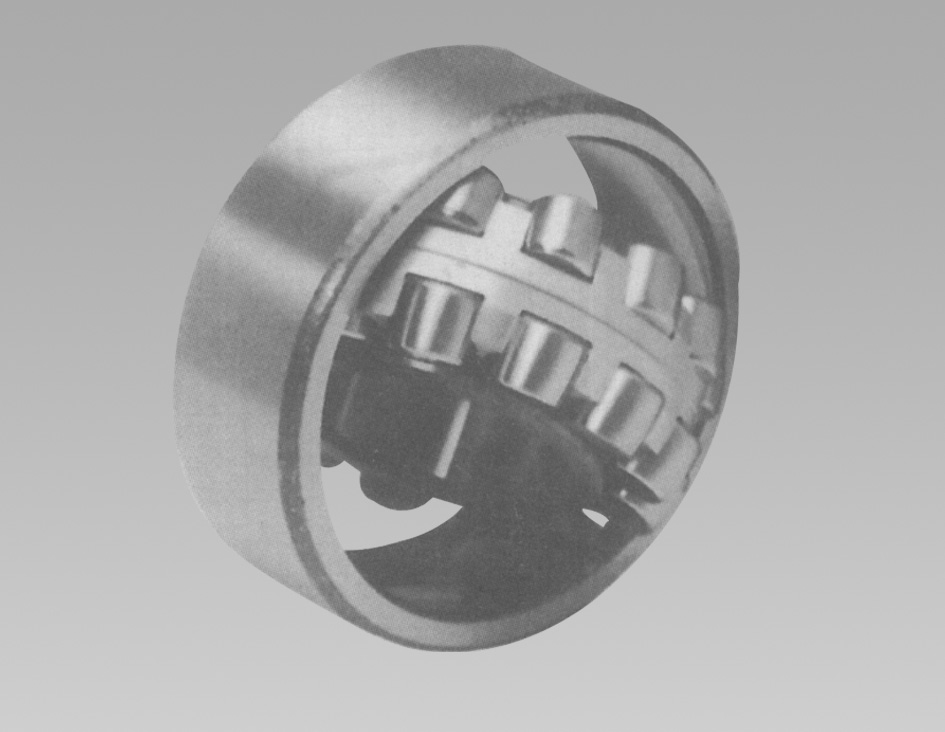
Oct . 21, 2024 11:39 Back to list
High-Performance Ball Bearings for Smooth and Efficient Motion Applications
Understanding the 607 Ball Bearing A Key Component in Modern Machinery
Ball bearings have long been recognized as essential components in various mechanical systems, enhancing the efficiency and performance of machines. Among the many types of ball bearings available, the 607 ball bearing stands out as a versatile and widely used option across diverse applications. Understanding its design, features, and applications is crucial for engineers, hobbyists, and manufacturers alike.
Design and Specifications
The 607 ball bearing is characterized by its dimensions and materials, typically featuring an inner diameter of 7 mm, an outer diameter of 19 mm, and a width of 6 mm. This compact size makes it ideal for applications where space is limited, yet high performance is required. The bearing usually comprises steel balls housed within an outer race and an inner race, designed to minimize friction and wear, thereby increasing the lifespan of machinery.
The 607 ball bearing's design allows it to handle both radial and axial loads, making it suitable for various applications. Its ability to withstand high speeds and heavy loads without compromising performance makes it a favorite among manufacturers of electric motors, robotics, and automotive components.
Material Composition
Typically, the 607 ball bearing is made from high-quality materials such as chromium steel, stainless steel, or ceramics. The choice of material significantly influences the bearing's performance, including its load capacity, corrosion resistance, and temperature tolerance. For example, stainless steel bearings are ideal for applications exposed to moisture and chemicals, while ceramic bearings are favored for high-speed applications due to their lightweight and low friction properties.
ball bearing 607

Moreover, the quality of the grease used in the bearing is also paramount. Lubrication minimizes friction between moving parts and aids in heat dissipation, enhancing the overall performance of the bearing. High-quality grease ensures smooth operation and prolongs the life of the bearing even under demanding conditions.
Applications
The 607 ball bearing is employed in a wide range of applications, spanning industries such as automotive, aerospace, robotics, and consumer electronics. In the automotive sector, these bearings are commonly found in electric motors, wheel hubs, and various transmission systems, contributing to smoother operation and improved fuel efficiency.
In the field of robotics, the 607 ball bearing often serves as a crucial component in joints and actuators, facilitating precise movement and control. Furthermore, this type of bearing is prevalent in household appliances such as washing machines and fans, where it enhances performance by reducing noise and vibration.
Maintenance and Longevity
To ensure the longevity and optimal performance of the 607 ball bearing, regular maintenance is essential. This includes monitoring for signs of wear, checking lubrication levels, and addressing any issues that may arise promptly. Proper installation is also vital, as incorrect mounting can lead to premature failure or reduced efficiency.
In conclusion, the 607 ball bearing is a remarkable component that plays a pivotal role in modern machinery. Its compact design, robust construction, and versatility make it indispensable in numerous applications. By understanding its specifications and the importance of proper maintenance, users can ensure that this small yet mighty component continues to contribute to the efficiency and reliability of their machines for years to come. Whether in industrial machinery, automotive systems, or everyday appliances, the significance of the 607 ball bearing cannot be overstated.
Latest news
-
Durable Greenhouse Pillow Block Bearings for Reliable Ventilation
NewsAug.31,2025
-
Spherical Roller Bearings Applications: Heavy Duty, Self-Aligning
NewsAug.30,2025
-
Premium Deep Groove Ball Bearings | High Speed & Reliability
NewsAug.29,2025
-
Durable Scaffolding Clamps - Secure & Reliable Tube Connectors
NewsAug.28,2025
-
Common Failures in Thrust Ball Bearings and Solutions
NewsAug.22,2025
-
How Tapered Roller Bearings Can Take Shock Loads
NewsAug.22,2025
